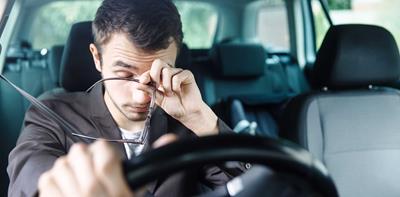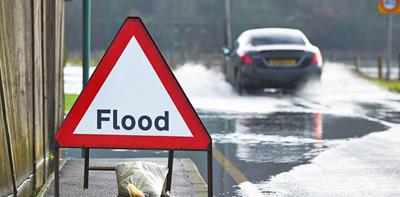
Getting behind the wheel in a busy city can be daunting and stressful, especially if you’re not used to the hustle and bustle of urban life.
You need to keep your wits about you as you contend with tightly packed traffic, hordes of buses and taxis, as well as more pedestrians and cyclists.
Before you take to city roads, make sure you’re prepared.
Prepare to go slowly
Driving in a city centre is an entirely different experience to cruising along an A-road or motorway.
For a start, you can expect to go much, much slower. In London, research conducted in 2017 showed that the average speed within a mile of the city centre was just 5.13mph; and it’s not much better for Manchester city centre, at 6.57mph, or Edinburgh, at 6.64mph.
Frustrating as this can be, crawling along does at least give you plenty of time to scan the road ahead and better anticipate any dangers.
Plan your route
It’s sensible to try and avoid key commuting and school drop off and pick up hours. It’s also worth thinking ahead and trying to avoid driving near major events, such as a football match or a festival.
It’s also a good idea to study the area beforehand to get an idea of where you’re going, and check the news for any incidents before you go. Ensure your phone is fully charged, especially if you use it for your satnav, or make sure you have a map to hand.
If driving in London, consider whether you’ll need to pay the Congestion Charge. This is a £11.50 daily fee for driving a vehicle within the charging zone between 07:00 and 18:00, Monday to Friday. You'll also need to check if your vehicle is affected by the capital’s Ultra Low Emission Zone (ULEZ).
Keep your distance
When there are lots of different road users close together, you need to stay alert and give others enough space. That will give you more time to react if you come across other drivers that are late braking or carrying out sudden manoeuvres.
If you’re driving behind a bus, anticipate any potential stops to allow for passengers getting on and off. Watch out for buses suddenly pulling out in front of you, too.
Watch out for vulnerable road users
You need to keep your eyes peeled for cyclists, motorbike users, pedestrians crossing the road, and people getting out of vehicles parked at the side of the road.
Remind yourself which rules apply at different types of pedestrian crossings - this simple guide will tell you all you need to know. Remember that in busy areas where cars are jammed together and driving slowly, pedestrians will often take their chances and nip across the road, whether or not there’s a designated crossing.
Watch out in particular for anyone wearing headphones or using their mobile phones: almost three quarters (72%) of drivers say they often see pedestrians step into the road whilst distracted by their phone, according to AA research.
The right car
If you expect to drive regularly in a busy urban area, then it can really help to have a car that is small enough to squeeze into tight parking spaces, preferably equipped with car parking assistance technology.
You might also consider buying an electric car to avoid some of the charges and bans being imposed and planned in some UK cities.
Think extra carefully about car security, too. If you can, park somewhere that's well-lit and never leave valuables visible in the car.
Unfamiliar road features
Some road features are more common in cities than in other settings. Here are some to look out for:
Box junctions: these are recognisable from the criss-cross yellow lines painted on the road. If you’re driving straight ahead, or exiting left, only enter the box if you can clear it completely without stopping. If it’s busy and another vehicle is waiting on the box, then hang back until it’s clear. If you want to turn right, you can stop in the box if you’re prevented from turning by oncoming traffic, or by other vehicles waiting to turn right. But only do so if your exit lane is clear.
Tunnels: when approaching a tunnel turn on your lights and leave a gap of at least two car lengths between you and the vehicle in front.
Bus lanes: stay out of bus lanes during their hours of operation, which are shown on blue signs. Outside of those hours, you can use the bus lane, as long as it’s safe to do so. If in doubt, stay out of the bus lane entirely.
Consider alternatives
Do you really need to drive in the city? It’s often easier to walk, cycle or use public transport to get around busy city centres.
If you do need to take a drive in the city, then it’s a good idea to allow some extra time for your journey and follow these tips for a safe and less stressful city drive.

